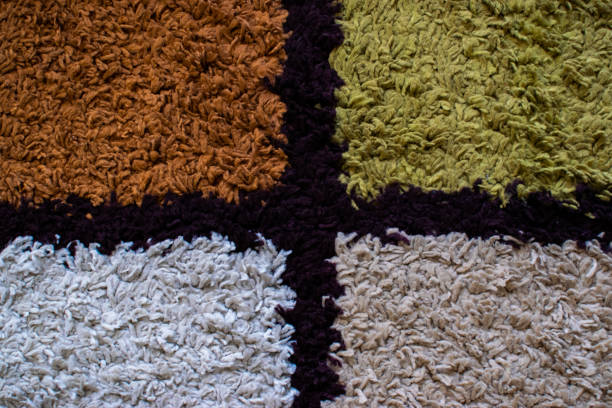Area rugs come in a wide variety of styles, colors, and textures. They can be used to complement any theme. The variety of materials used in their creation has greatly contributed to the wide range of choices available today. What are the differences between the various types of materials used to make area rugs?
Wool
Wool is a material that’s used for rugs primarily because it is durable and soft to the touch. Wool fibers do not matt even after extensive wear. They also repel liquids and water. Wool rugs retain their appearance for a long time. It is important to note that wool tends to shed, especially when it’s new.
Jute and sisal
Both rugs are made of plants and have similar characteristics. Jute is made from the stalks of jute plants, while sisal comes from the leaves of agave plants. Both sisal and jute are durable and have earthy brown colors that blend well with nature-inspired aesthetics. These materials are difficult to clean because they absorb moisture. These materials are also more coarse in texture.
Cotton
Cotton is soft, and it is often used in flat-woven or braided carpets. It has a more relaxed feel than wool and can be easily flipped if one side gets too stained. Cotton rugs can be washed in the washing machine, just like cotton clothing.
Silk
Silk rugs have a luxurious and elegant sheen. Silk is delicate and should only be used for low-traffic areas in the home. Silk can be combined with other materials, such as wool, to increase its durability.
The use of Polyester
Polyester is a low-maintenance synthetic fiber. Polyester is also stain-resistant and can resist spills. It also resists fading due to the solution dyeing process. The only thing that can sully polyester rugs is oil. It can bond to the fibers of the carpet, causing permanent blemishes.
Nylon
Nylon is a durable synthetic that is easy to clean. It is easy to clean and has flat surfaces. It also has a slight sheen, which enhances its appearance. It may lose its color over time, which can reduce its appeal.

